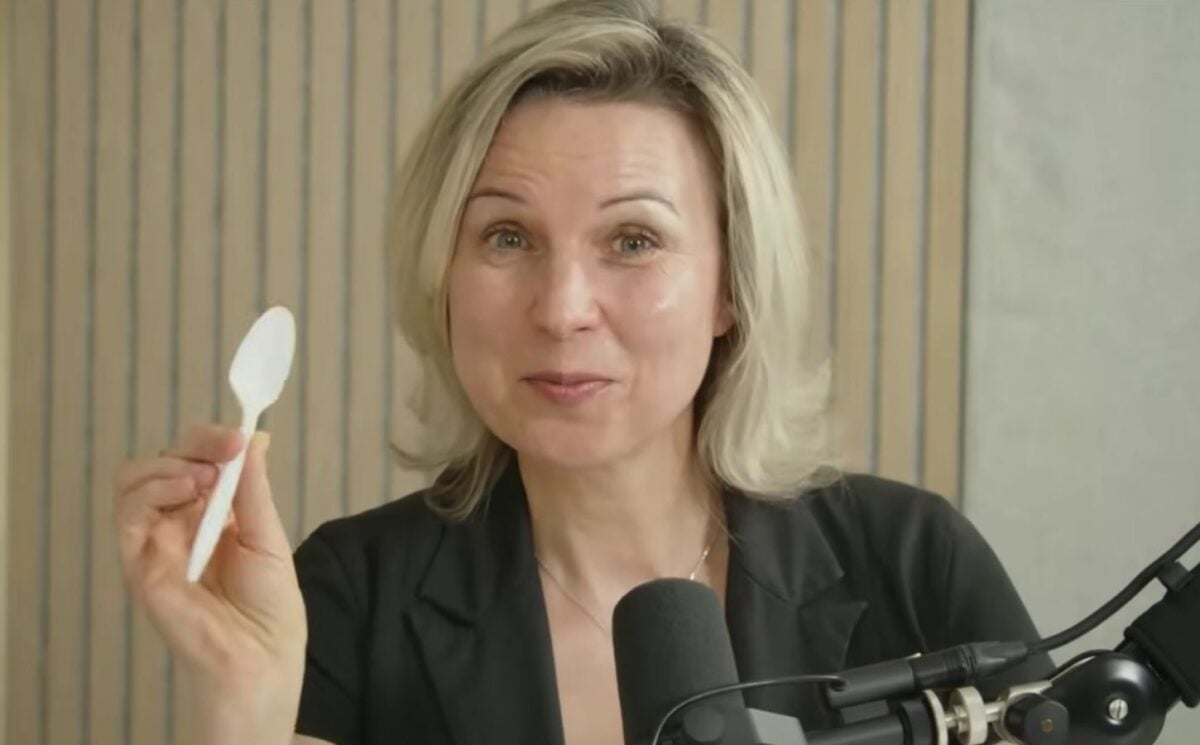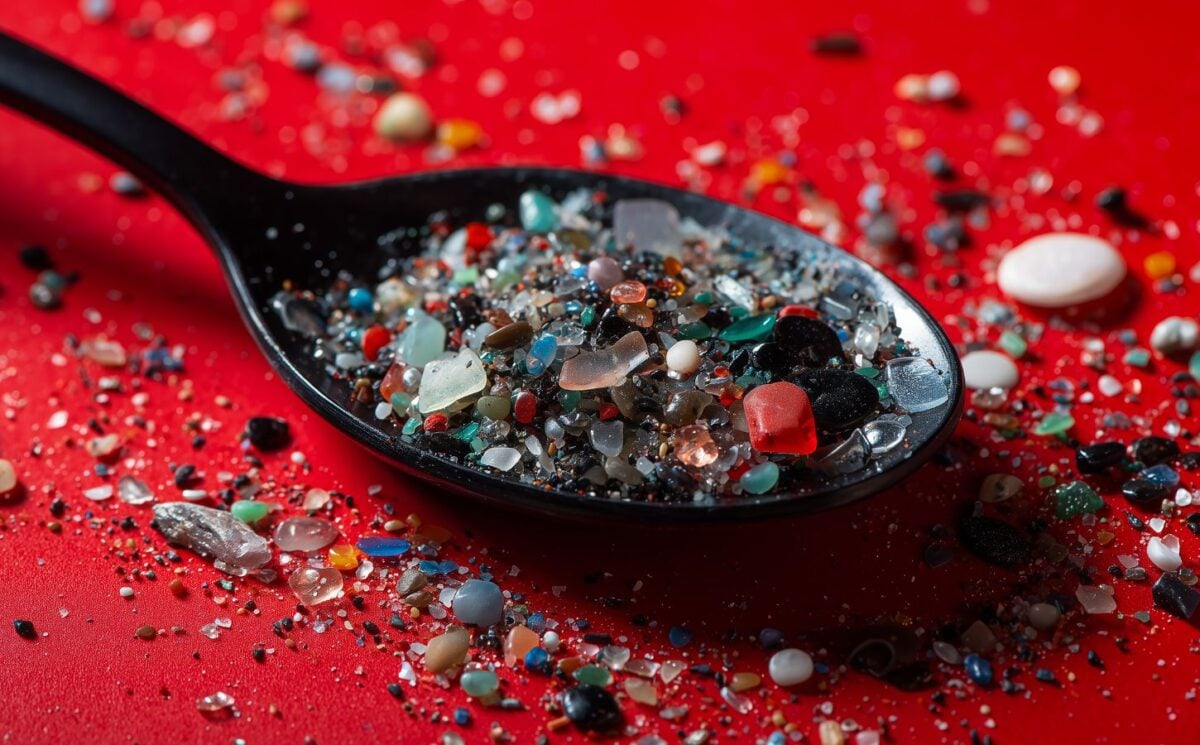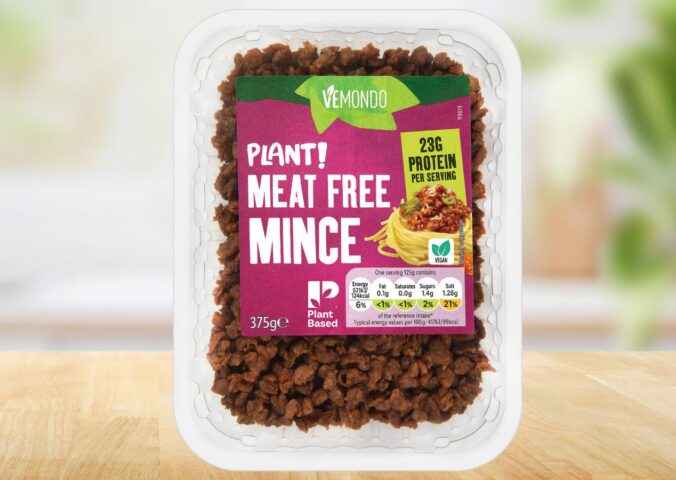Plastic pollution isn’t just choking oceans; it’s inside us. The Physicians’ Committee, known for its YouTube channel, recently shared a video exploring the growing issue of microplastics in the human body, explaining how they enter it, the damage they may cause, and how diet and lifestyle changes can help remove them.
The episode features Dr. Hana Kahleova, director of clinical research at the Physicians Committee for Responsible Medicine. She explains just how far-reaching this problem is, and how our daily habits and diets may be feeding it.
Read more: Fruits And Vegetables Could Help Protect Reproductive Function From Microplastics, Study Finds
She cites a study, explaining that, “A group of researchers at the University of New Mexico analyzed 24 human brains,” Kahleova says. “They found that the average brain contained about seven grams of plastic, which is about how much it takes to make a disposable spoon.”
Even more alarming, she adds, “people who had dementia had even higher concentrations of microplastics in their brains compared with healthy people.” While correlation doesn’t prove causation, the findings highlight how deeply these particles have infiltrated our tissues.
How microplastics enter the body
Kahleova explains that microplastics are now found in the brain, liver, kidneys, and even arteries. A 2024 study she cites shows that patients with microplastics in their arterial plaque had “a 4.5 higher risk of heart attack, stroke, or dying from any cause.”
Seafood, she warns, is one of the biggest dietary sources. “The number one recommendation if you want to limit your exposure to microplastics [is], don’t eat fish and seafood,” she says. Tests have shown that 100 grams of seafood can contain the equivalent of half a plastic straw. In comparison, fruits and vegetables contain only one to three microplastics per 100 grams – up to 30 times less.
Everyday habits that increase exposure
Dr. Kahleova emphasizes that food packaging and storage are major culprits. “Microwaving your food in a plastic container is a hard no. Just don’t do it,” she warns. She also points out that “hot drinks… in cups that are lined with plastic” can leach chemicals into beverages, and that “black plastic is from recycled electronics… and may be linked to cancer.”
Bottled water left in a hot car is another hazard. “If you leave it in your car in the direct sun… You can even smell and taste the plastic,” she says. “Don’t do it.”
Even clothing contributes: “Some clothes are made from synthetic materials such as polyester and nylon,” she notes. “If you can, use cotton, especially for workouts when you’re sweating.”
How plants can help remove microplastics
The good news: some foods may help the body clear microplastics. “A few studies actually suggest that plants have the power to help our body… get rid of those microplastics,” Kahleova says.
In one lab experiment, complex carbohydrates extracted from fenugreek removed 89 percent of microplastics from water within an hour. Okra removed about 80 percent. “It’s just illustrating the benefits of complex carbohydrates in plants,” she says. These carbs, rich in fiber, seem to bind to microplastics, helping to flush them out.
Pigments in dark red and purple foods, known as anthocyanins, can also play a role. “These anthocyanins are able to block the microplastics from being attached to the receptors in reproductive organs,” she explains. Foods like berries and cherries are particularly rich in them.
Small swaps that protect your health

Kahleova recommends switching from plastic containers to glass or stainless steel. “Even the lids that are plastic, don’t fill the containers all the way, so that your food doesn’t come in contact with the plastic,” she says.
Her take-home message? It’s not just about avoiding plastics – it’s about embracing plants. “We’ve discussed how to limit the consumption of microplastics, but also about the protective power of plants,” she says. Fiber, complex carbohydrates, and colorful fruits and vegetables may be our best defense in a plastic-filled world.
You’ll find more plant-based health videos on the Physicians Committee YouTube channel.
Read more: Presence Of Microplastics In Commonly Eaten Fish Described As ‘Very Concerning’






